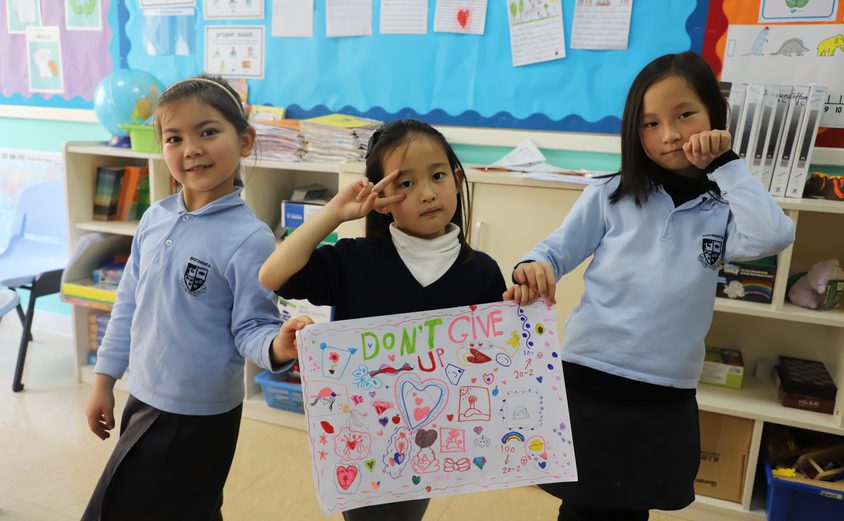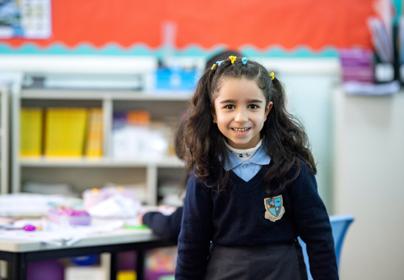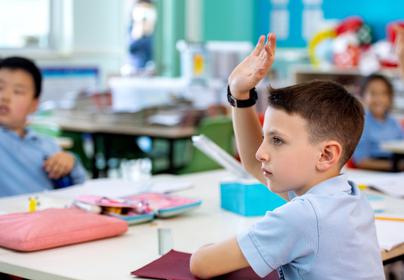We began the week by celebrating Pi Day throughout the school. Maths lessons on Monday focused on Pi and then throughout the week the children have been learning about capacity, weight, time, money, angles or fractions, decimals and percentages. From all accounts we have wonderful mathematicians at Britannica!
For instance, our Year 6 have just finished a unit on scale factors of similar shapes. They were able to identify the difference between a length and area scale factor and hugely impressed their Maths teachers by also being able to convert between a length and volume scale factor, something not usually taught until Year 9! Year 6 are now revisiting Fractions, Decimals and Percentages; converting between the three as well as looking at finding percentages and fractions of amounts without a calculator, something Year 6 seem very capable of so far, although I know their teachers are ready to challenge them further!
Meanwhile, Year 5 have been studying angles of a point; using their addition and subtraction knowledge to determine the missing angles of a circle. They also had lots of fun studying the different angles of various triangles. And Year 3 have been learning to tell the time more accurately and been comparing what analogue times look like on digital clocks.
Year 1 have been learning about capacity and the different ways we can describe the amount of liquid in an object. They also tested the boats they made last week in Science and there was lots of excitement and anticipation to discover which ones could float!
Finally, the Ancient Greek Olympians (I mean the Year 4’s), took part in a 4 event challenge this week that consisted of the javelin, long jump, discus throw and a marathon run. Everyone involved had a fantastic time and the children got a small taste of what it would be like to be a Greek Olympian. Following on from this, the children have been writing about their Olympic experience in the form of a recount to share with others.
Wait, what about Year 2? The children have enjoyed weighing different objects around the classroom to identify which objects are heavier and lighter than certain weights and have moved on to learning to read the weight of an object with increasing accuracy!
Katherine Mustoe
Vice-Principal and Head of Primary













